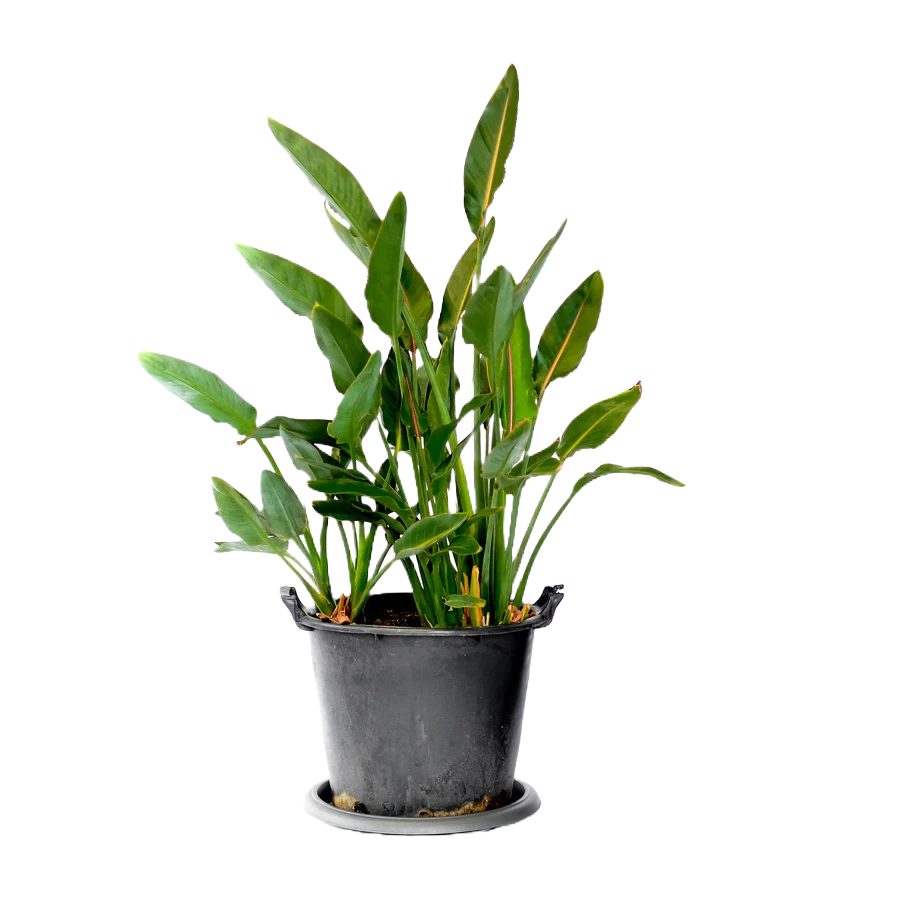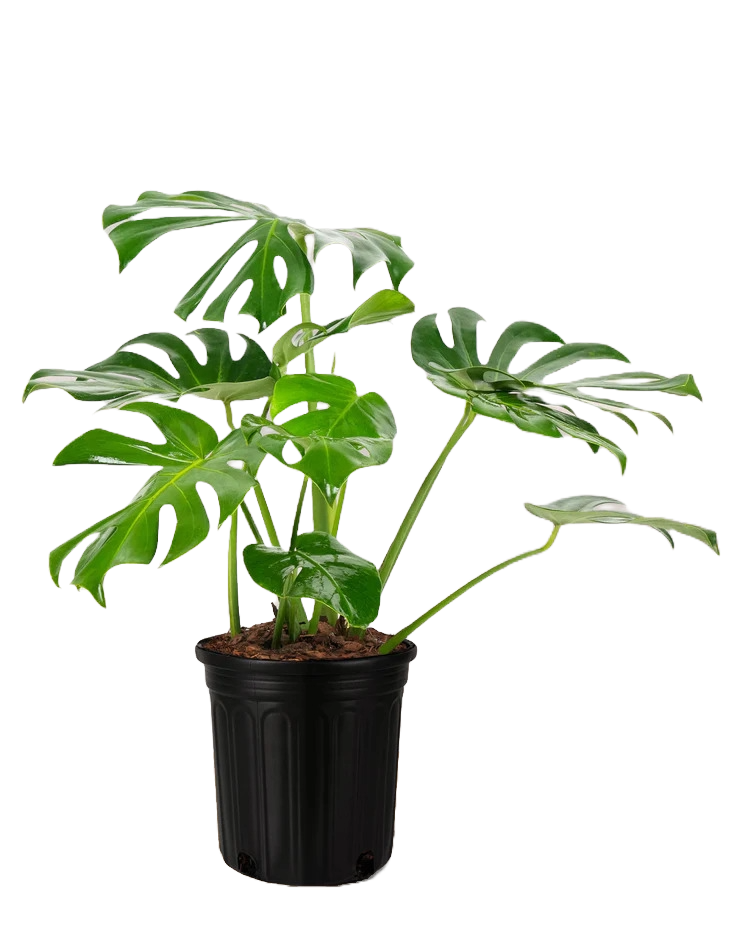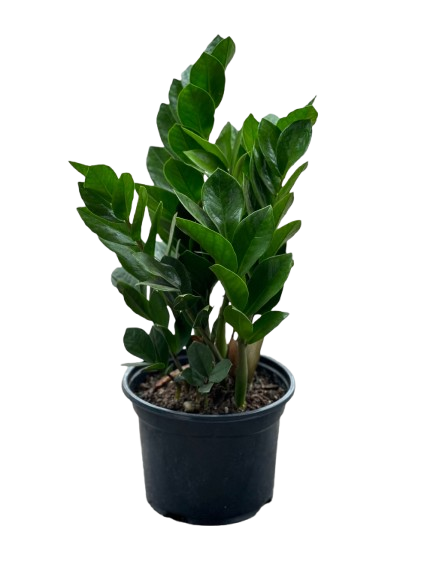Cherry Blossom (Prunus serrulata): Japan’s Iconic Tree Now Thriving in Kenyan Gardens

Why Grow the Cherry Blossom in Kenya?
- Exceptional Beauty: Its spring blooms create a magical canopy of pink and white flowers.
- Seasonal Interest: Offers changing scenery — vibrant blooms in spring, lush foliage in summer, and amber tones in fall.
- Low Maintenance: Once established, it requires minimal care and pruning.
- Attracts Pollinators: Bees and butterflies love its fragrant blossoms.
- Perfect for Landscaping: Adds charm to driveways, patios, and gardens.
Cultural and Historical Significance
Few trees carry as much meaning as the Cherry Blossom. In Japan, where it’s called Sakura, the tree is a national icon celebrated during the annual Hanami festival — a centuries-old tradition of picnicking under the blossoms to honor nature’s transient beauty. In China, the cherry blossom symbolizes feminine strength and love, while in Korea, it represents purity and renewal.
Today, Cherry Blossoms also symbolize peace and friendship — famously gifted by Japan to the United States in 1912 as a gesture of goodwill. Across the world, they remind people of life’s impermanence and the beauty of living in the moment.
Ideal Growing Conditions in Kenya
- Sunlight: Full sun to partial shade.
- Soil: Prefers well-drained, slightly acidic loam soils.
- Temperature: Thrives in cooler highlands — ideal for regions like Limuru, Tigoni, and parts of Nanyuki.
- Watering: Moderate watering, especially during the first two years of growth.
- Fertilizer: Use a balanced fertilizer during early spring to encourage flowering.
How to Plant Cherry Blossoms
- Select a sunny, open location with fertile, well-drained soil.
- Dig a hole twice as wide as the root ball and the same depth.
- Loosen the roots and gently place the plant in the hole.
- Backfill with soil, firm gently, and water thoroughly.
- Mulch around the base to retain moisture and control weeds.
Care Tips
- Water deeply during dry spells.
- Prune lightly after flowering to maintain shape and remove dead branches.
- Fertilize once a year in spring with a slow-release blend.
- Protect young trees from strong winds.
Pests & Diseases
Watch out for aphids, caterpillars, and powdery mildew. These can be managed using neem oil or organic insecticidal soap. Ensure good air circulation and avoid waterlogging to prevent root rot.
Pet Safety
Caution: All parts of the Cherry Blossom tree except the ripe fruit are mildly toxic to pets, particularly cats and dogs, due to cyanogenic compounds. Keep fallen leaves and twigs away from curious pets.
Growing Cherry Blossoms in Containers
For smaller spaces, dwarf cherry blossom varieties can be grown in large containers on balconies or terraces. Use well-draining soil, water regularly, and re-pot every 2–3 years to ensure healthy growth.
Comparing Prunus serrulata Varieties
There are many cultivars of Cherry Blossom trees. Popular ones include ‘Kanzan’ (deep pink double blooms) and ‘Shirotae’ (white blossoms with a sweet fragrance). Some bloom earlier or later, extending the flower-viewing season when mixed in one garden.
Where to Buy Cherry Blossoms in Kenya
Get your Cherry Blossom (Prunus serrulata) saplings from trusted nurseries across Nairobi and Central Kenya, or order directly from Plantify.co.ke — your go-to destination for premium trees, garden pots, and plant care accessories.
Final Thoughts
The Cherry Blossom is more than a plant — it’s poetry in bloom. Whether you’re drawn to its elegance, cultural depth, or serene symbolism, planting one in your garden is a gesture of hope and renewal that brightens every season
Plantify.co.ke — your trusted source for plants, pots, and all things green in Kenya. From starter herbs to exotic trees, we help you grow beautiful spaces — naturally.
Recent Posts
- Asiatic Lily Bulbs in Kenya: Vibrant Color, Easy Growth & Garden Beauty
- Dendrobium Orchids: Elegant Blooms, Easy Care & Indoor Beauty
- Vanda Orchids: Vibrant Colors, Air-Grown Beauty & Elegant Displays
- Vriesea Bromeliads in Kenya: Elegant, Colorful & Easy to Grow
- Manuka : Beauty, Healing & Natural Resilience






